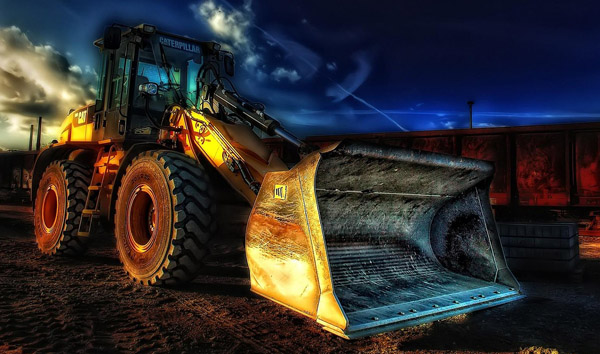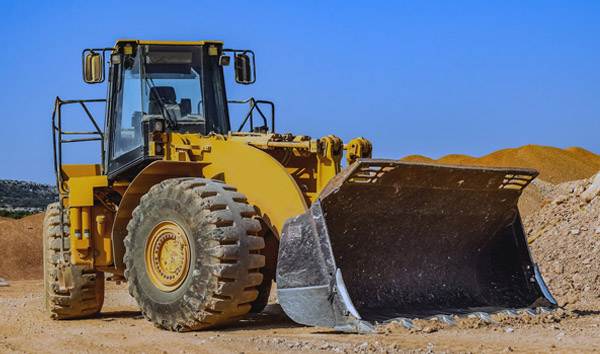Navigating Tight Spaces: The Turning Radius of Rough Terrain Telehandlers
2025-07-27 04:00:30
The turning radius of a rough terrain telehandler is a key performance metric that determines its ability to operate in tight spaces. Typically ranging between 15 to 25 feet, this measurement varies based on wheelbase length, tire size, and steering configuration. Models with all-wheel steering (AWS) often achieve tighter turns compared to front-wheel steering systems. Industry data from leading manufacturers like JLG and Manitou indicate that AWS-equipped telehandlers can reduce turning radius by up to 30%, enhancing productivity on congested job sites.
Several factors influence the turning radius of rough terrain telehandlers, including tire type and suspension design. Larger, more aggressive tread patterns improve traction but may slightly increase the turning radius due to increased ground contact. Hydraulic steering systems, commonly used in these machines, provide precise control, allowing operators to navigate uneven terrain without sacrificing maneuverability. According to a 2023 industry report, telehandlers with oscillating axles exhibit a 12% improvement in turning efficiency on rough surfaces compared to rigid-axle models.
Manufacturers are continuously innovating to optimize the turning radius of rough terrain telehandlers. Advanced articulation joints and dynamic weight distribution systems help minimize the machine’s footprint while maintaining stability. For example, JCB’s latest telehandler series incorporates a patented "Tight-Turn Mode," which adjusts rear-wheel steering angles dynamically, reducing the turning radius by 18% in confined spaces. Such innovations are particularly valuable in industries like construction and agriculture, where space constraints are common.
Operational considerations also play a role in maximizing the efficiency of a rough terrain telehandler’s turning radius. Proper load distribution is critical—excessive rear weight can increase the turning radius, while uneven loads may cause instability. Training programs emphasize the importance of smooth steering inputs to prevent tire scrubbing, which can lead to premature wear. OSHA guidelines recommend regular maintenance of steering components to ensure optimal performance, as worn-out parts can negatively impact maneuverability.
In conclusion, the turning radius of rough terrain telehandlers is a dynamic attribute shaped by engineering advancements and operational best practices. As job sites become more complex, manufacturers are prioritizing compact designs without compromising lifting capacity or stability. Industry trends suggest a growing demand for telehandlers with adaptive steering systems, further enhancing their ability to navigate tight spaces efficiently. For operators, understanding these factors ensures safer, more productive operations in challenging environments.














